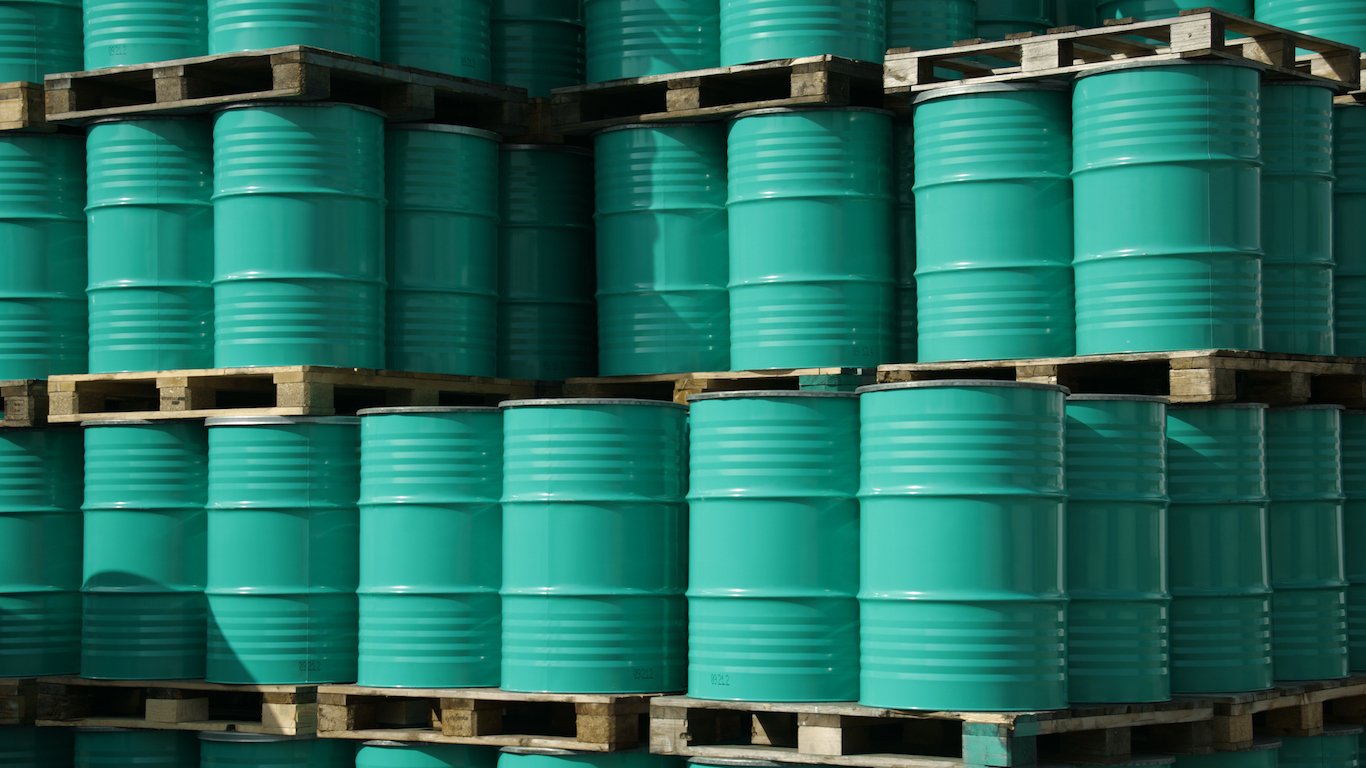

As Saudi Arabia plans to cut oil production by as much as 500,000 barrels a day and the Organization of Petroleum Exporting Countries (OPEC) threatens to cut as well, the United States has a weapon beyond its growing shale oil fields. The federal government’s Strategic Petroleum Reserve (SPR) can hold 727 million barrels of crude, with the current supply at 665 million.
The facility was started after the Arab oil embargo in 1973. Middle East exporters cut the supply of crude to the United States almost completely. By 1974 the price of oil had risen by four times, and the threat to the U.S. economy became severe enough to create fear of a significant recession.
The SPR is stored in areas created along the Texas and Louisiana Gulf Coasts. These are the storage areas and reserves as of late last year:
Bryan Mound – holds 235.3 MMB in 20 caverns – 68.0 MMB sweet and 167.5 MMB sour.
Big Hill – holds 153.4 MMB in 14 caverns – 64.6 MMB sweet and 89.5 MMB sour.
West Hackberry – holds 199.5 MMB in 22 caverns – 104.2 MMB sweet and 96.7 MMB sour.
Bayou Choctaw – holds 71.8 MMB in 6 caverns – 18.9 MMB sweet and 51.8 MMB sour.
The inventory as of November 2 was 254 million barrels of sweet crude and 400 barrels of sour crude, for a total of 654 million. The difference between sweet and sour crude is based on the level of content of sulfur. Sweet crude has a sulfur content of less than 0.5%.
Global daily world oil consumption is about 100 barrels a day, so even a modest release of crude from the SPR would serve to tamp down prices. The U.S. supply has been bought at a fairly low price compared to where the market is today at about $30 a barrel. After a presidential decision to release supply, it would reach the market in a little under two weeks.
The U.S. Department of Energy estimates that the SPR holds enough crude to offer the United States “the equivalent of 143 days of import protection (based on 2016 net petroleum imports).”
Only the president can open the SPR supply. According to the Office of Fossil Energy:
Decisions to withdraw crude oil from the SPR are made by the President under the authorities of the Energy Policy and Conservation Act (EPCA). In the event of an energy emergency, SPR oil would be distributed by competitive sale. The SPR’s formidable size (authorized storage capacity of 713.5 million barrels) makes it a significant deterrent to oil import cutoffs and a key tool of foreign policy.
If there is a major export cut from the Saudis, OPEC or any other large producers, the United States has a massive buffer.
Essential Tips for Investing: Sponsored
A financial advisor can help you understand the advantages and disadvantages of investment properties. Finding a qualified financial advisor doesn’t have to be hard. SmartAsset’s free tool matches you with up to three financial advisors who serve your area, and you can interview your advisor matches at no cost to decide which one is right for you. If you’re ready to find an advisor who can help you achieve your financial goals, get started now.
Investing in real estate can diversify your portfolio. But expanding your horizons may add additional costs. If you’re an investor looking to minimize expenses, consider checking out online brokerages. They often offer low investment fees, helping you maximize your profit.
Thank you for reading! Have some feedback for us?
Contact the 24/7 Wall St. editorial team.


